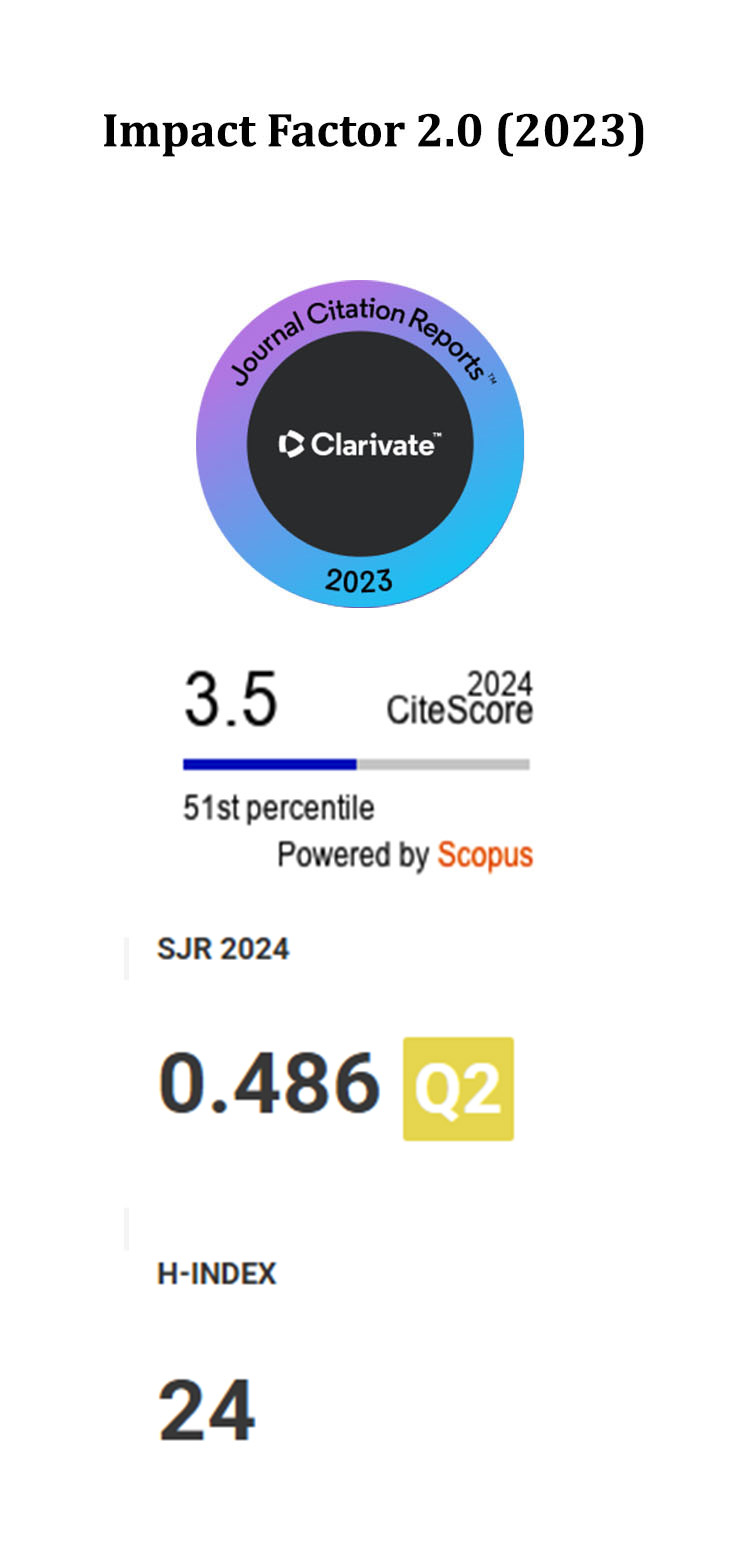Image Enhancement Model for Open-Pit Mine Monitoring Based on Parallel Multi-Scale Feature Fusion
DOI:
https://doi.org/10.5755/j01.itc.54.1.38427Keywords:
Image Restoration, Open-Pit Mine Environmental Monitoring Image Restoration, Parallel Multi-Scale Attention Feature Fusion, Parallel Multi-Resolution Image RestorationAbstract
The workspace in open-pit mining systems often suffers from insufficient or uneven illumination due to spatial constraints and obstructions caused by large equipment or geotechnical structures, leading to degraded surveillance imagery and consequently impacting safety monitoring efforts. This study designed an open-pit mine surveillance image enhancement model based on a parallel multi-scale feature fusion Transformer to address the degradation of surveillance video images and leverage the superior expressive power of Transformer networks in visual image processing compared to other networks. The network architecture mainly processes and integrates full-size feature maps and various levels of downsampled feature maps in parallel, preserving both the semantic relationships of image elements and their overall structure. The downsampling process of the network aims to maximize the extraction and restoration of the luminance features of small-sized objects from low-resolution images. By integrating features from downsampling, full-size image processing effectively restores illumination, thereby enhancing the accuracy of the images. To reduce the computational demands of the Transformer structure and facilitate its application in monitoring imagery, we employed an orthogonal self-attention mechanism along both the rows and columns of the image to be processed. This mechanism shifts the network's computational demand from exponential to linear growth. During the training phase, the network model was trained using a dataset collected on-site to enhance the model's adaptability to field conditions. SSIM and PSNR test results confirm that this model performs exceptionally well in open-pit mining production systems.
Downloads
Published
Issue
Section
License
Copyright terms are indicated in the Republic of Lithuania Law on Copyright and Related Rights, Articles 4-37.




